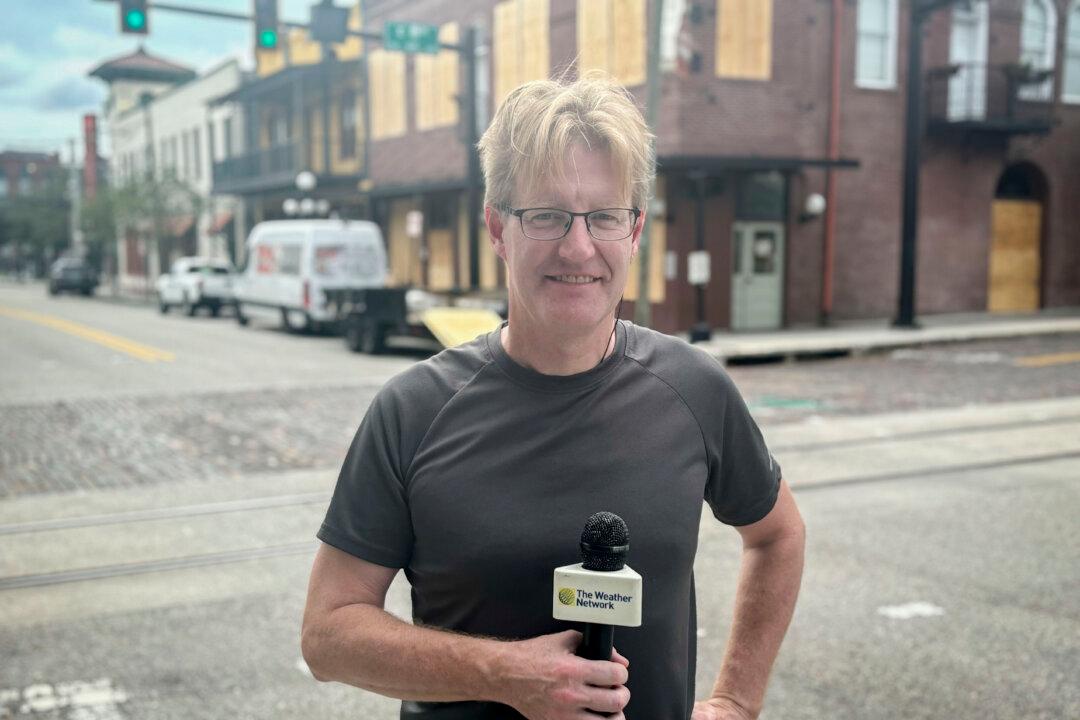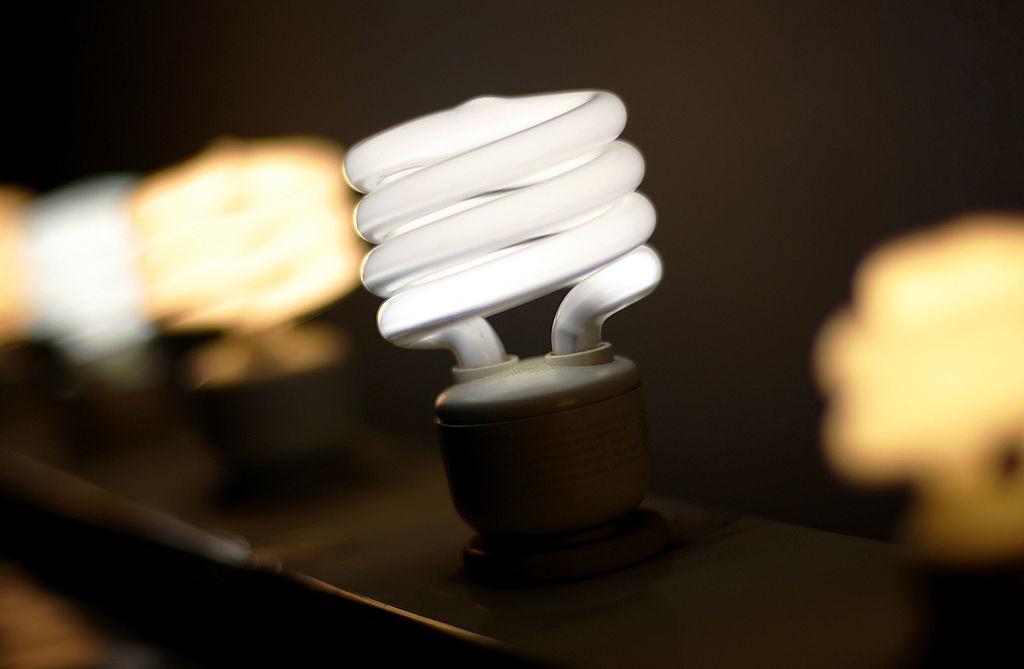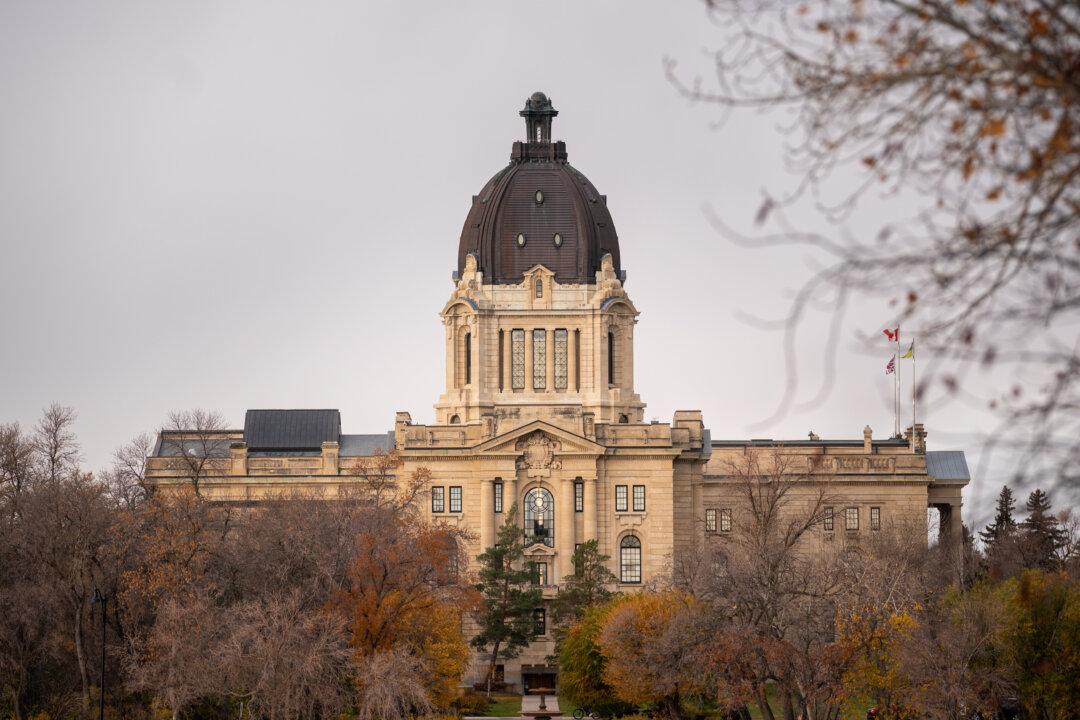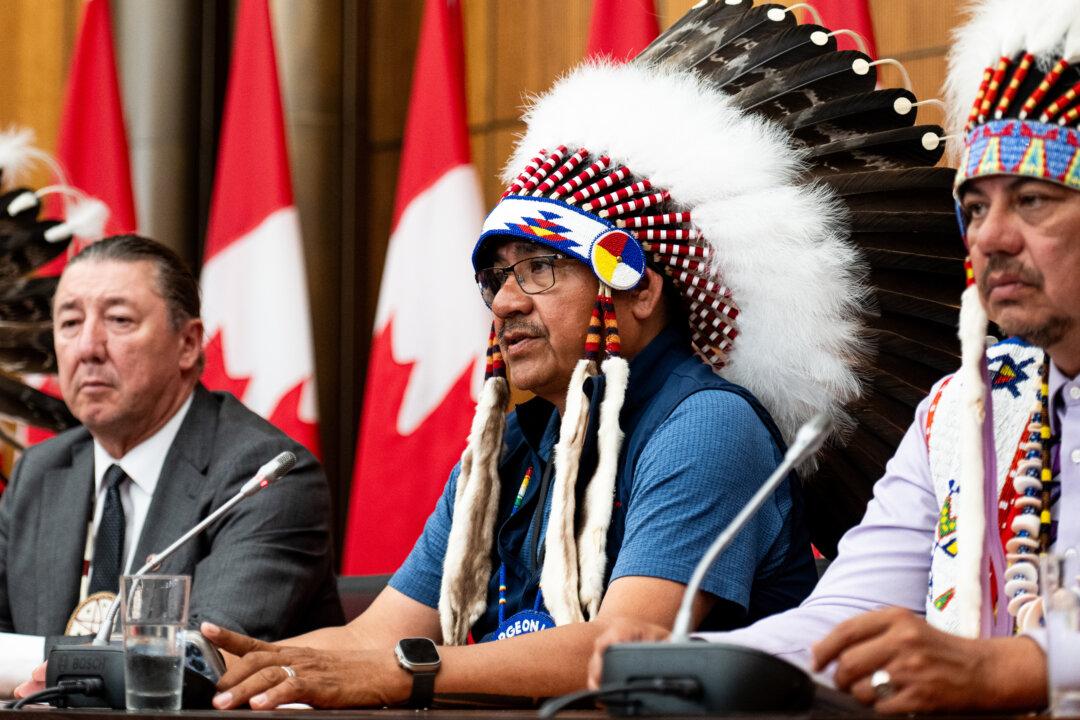Mark Robinson fastened his helmet, adjusted his drysuit, and jumped into the raging water. Debris was flying everywhere, propelled by the driving winds from Hurricane Milton’s eyewall as it hit Florida on Oct. 9.
Robinson’s companions reported seeing movement in a car that had stalled and was being swamped by the rising waters. Concerned there was someone in need of rescue, he didn’t think twice.





